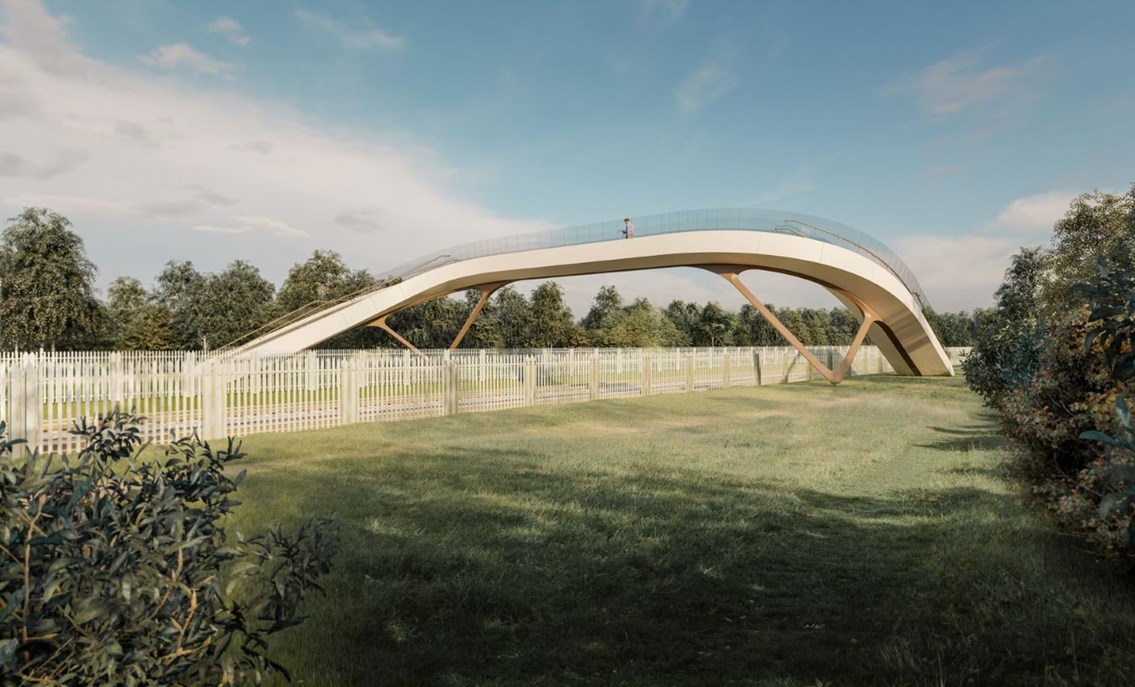
Network Rail has unveiled a new design of bridge that could transform rail crossings across the UK.
This circular bridge is expected to revolutionise the way Network Rail constructs footbridges over the tracks.

Discover B2B Marketing That Performs
Combine business intelligence and editorial excellence to reach engaged professionals across 36 leading media platforms.
The environmentally friendly bridge is made from lightweight material and can be installed in just a matter of days.
Given its modern, modular design, the bridge can be adapted to different locations.
Furthermore, it features built-in monitoring to evaluate usage and maintenance requirements.
Network Rail programme manager Andy Cross said “We were able to take a different approach. This has allowed us to work with several small and medium-sized businesses, many of whom haven’t worked on railway projects before but have the skills and expertise to bring the concept of a lightweight, low-cost footbridge to life.

US Tariffs are shifting - will you react or anticipate?
Don’t let policy changes catch you off guard. Stay proactive with real-time data and expert analysis.
By GlobalData“In just 11 months we have developed a prototype bridge that is stunning in design, environmentally friendly and will take days and not weeks to install and thereby causing less disruption for the surrounding community.”
Currently, Network Rail has only one option when planning to build a new footbridge or replace an old one – the standard non-station footbridge design.
However, the standard non-station footbridge design is considered to be heavy, unattractive and expensive to deliver.
The new design is made from Fibre-Reinforced Polymer (FRP), which is a lightweight material that is used in several industries, including the manufacture of aircraft and cars.
While being strong, the material is also lightweight, thereby reducing its transportation and installation costs.
It is expected that the design will be embraced across the country as part of a wider programmer of work to transform how footbridges are constructed on the rail network in future.
The next phase of the project features developing sustainable procurement and construction options besides a ramped version of the bridge.
This prototype has been trial developed at a test centre in Long Marston, Warwickshire.
A team of firms worked with Network Rail to develop the new bridge.
Bridge architectural specialists Knight Architects came up with the concept. Consulting engineer Jacobs offered design expertise and independent checking of the design. UK-based manufacturer KS Composite made the bridge spine.
Sui Generi prepared the deck units that clamp to the spine. Epsilon Optics was responsible for designing, manufacturing and installation of the fibre-optic monitoring system.
Q-Railings deployedthe glazed parapet railing. JT Consulting was responsible for designing, manufacturing and installation of the Rapid Root foundation system.
Flofo offered virtual working platforms and new approaches to team working and tracking the risks and opportunities of the project.
————————————————————————————————————–
Image: Given its modern, modular design, the bridge can be adapted to different locations. Credit: Network Rail





